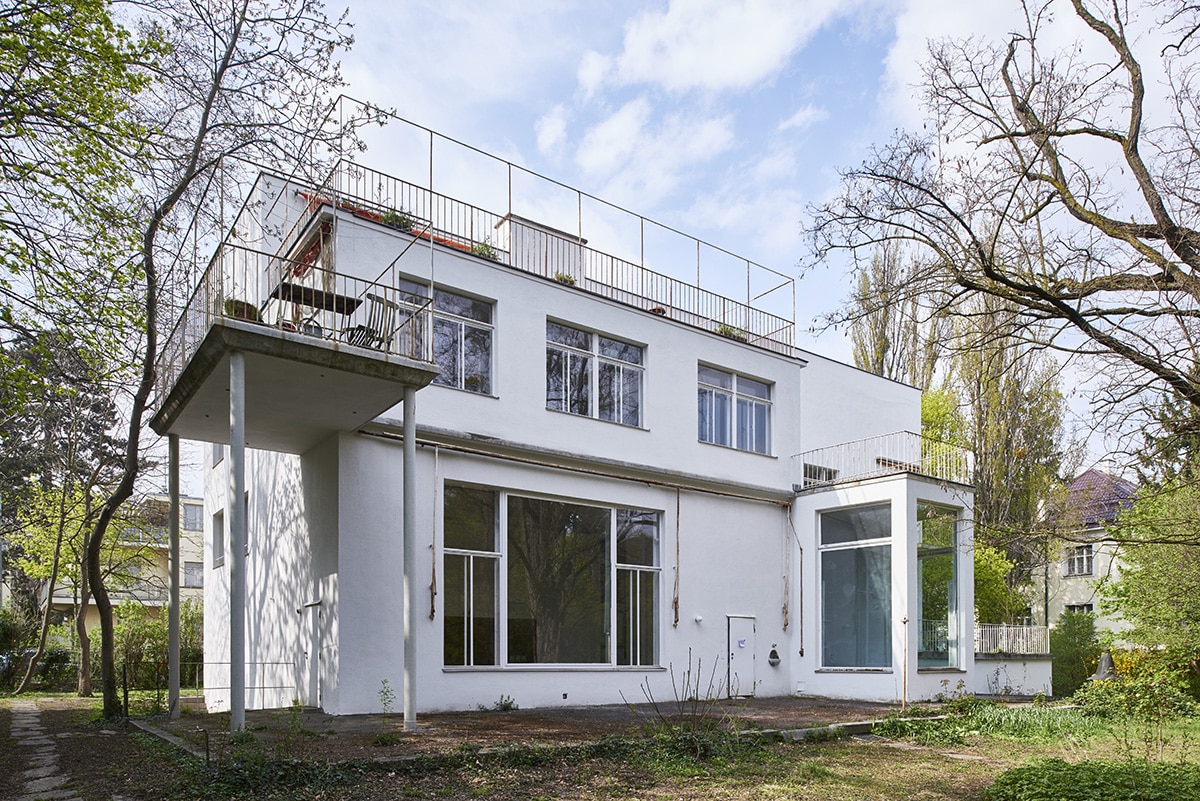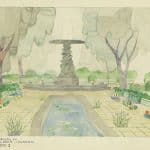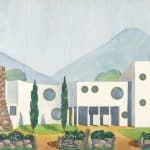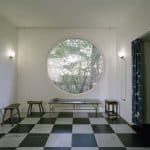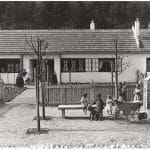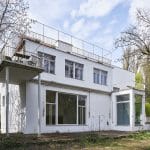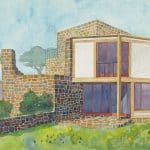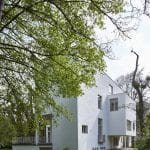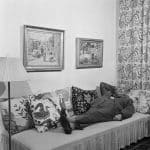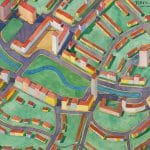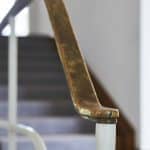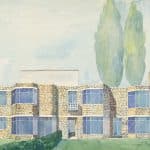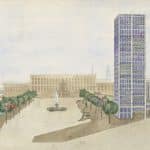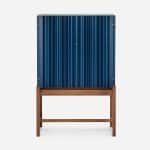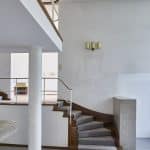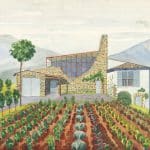–
As one of the pioneers of modernism inspires Josef Frank still designers with its diverse production. Among the most significant works in the exhibition Josef Frank – Against Design include several pieces of furniture from the first interior he created the pair Tedeskos bunk in Vienna in 1910, but also objects from the interior and furniture company Haus & Garten Josef Frank drove in Vienna together with colleague Oskar Wlach.
Josef Frank was born in 1885 in Baden and became one of the central figures in architecture and design in Austria during the 1910s and 20’s. During the growth of anti-Semitism in Austria in the 1930s, he emigrated to his wife’s native Sweden in 1933. The years 1939 to 1947 he worked in the US but returned to Stockholm, where he worked as a designer of Swedish Pewter until his death in 1967.
Josef Frank architect

Villa Claesson in Falsterbo by Josef Frank, one of Sweden’s first functionalist building. Photo: Åke E: son Lindman .
As an architect in Austria Josef Frank worked primarily with housing for the working class, the so-called social housing projects. 1932 Josef Frank was responsible for the housing exhibition Werkbundsiedlung, which was a part of Vienna’s social housing programs Rotes Vienna. The exhibition was an important contribution to the discussion about freer lifestyles in a modern time.
Alongside did Josef Frank also assignments for more affluent families, including the famous Villa Beer in Vienna built in 1929-31. In Sweden, the architect Josef Frank known for having designed some of the first functionalist buildings, five holiday homes in Falsterbo from 1924-36.
Time in Sweden dominated the interior and furniture missions. Already in 1934 involved Estrid Erikson him as a designer of Swedish Tenn. The exhibition features several unique original sketches of what has become his most famous designs.
Against Design
Josef Frank grew increasingly critical of modernist rigor and the designer’s approach to the Gesamtkunstwerk concept, where environment was by design, Furniture standardized forms and new forms were invented for the sake of it. For him it was neither a personalized, artistic starting point in the design or a standardized, machine-produced product sense. He was inspired rather by the classical tradition in their new creations. This criticism is also downloaded the exhibition its title: Josef Frank – Against Design.
He developed instead a softer, more permissive attitude, formulated a philosophy of architecture and interior design called “accidentism”.
“All the places where we can thrive – rooms, streets and cities – have arisen by chance,” writes Josef Frank in the journal Form 1958, where the concept was first launched. Frank welcomed a more permissive architecture and interior design philosophy that held both high and low, good and bad taste. The approach was depicted in “fancy villas”, thirteen sketches for villas that Josef Frank designed for his friend Dagmar Grill.
The exhibition features many of the original watercolors from ArkDes collections. Villas, both in style and expression, is far from austere modernist idiom. In an unpublished manuscript summed Frank his new inclusive philosophy: “Every great work of art must border on kitsch”.
The exhibition Josef Frank – Against Design is an adaptation of an exhibition produced by MAK, Austrian Museum of Applied Arts / Contemporary Art in Vienna in 2016.
Curators: Hermann Czech and Sebastian Hackenschmidt.
Producer: Lena Landerberg
Designer: Camilla Ed
Graphic Design: Le Bureau

